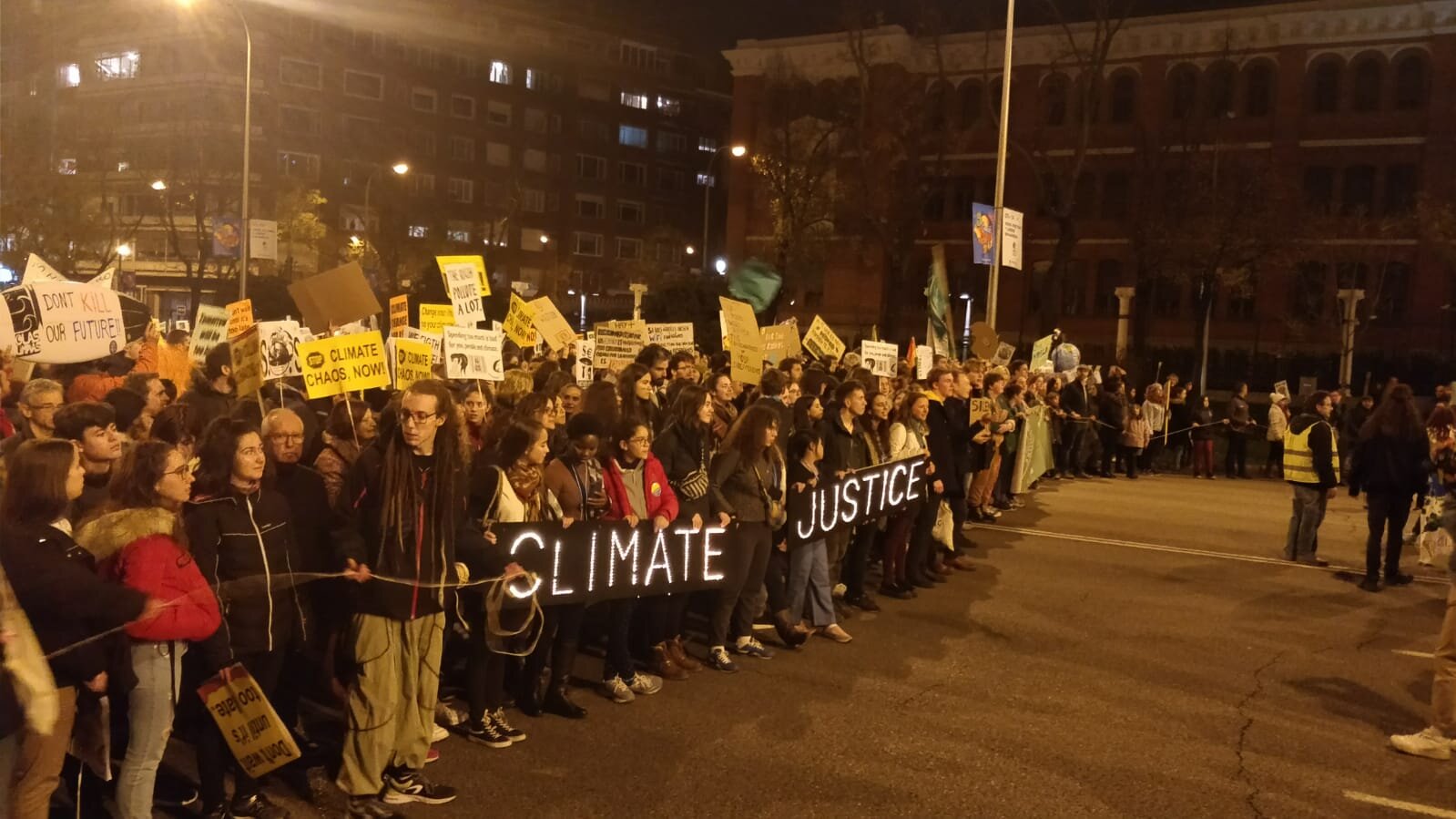At a CJRF-hosted side event of the 14th International Conference on Community-Based Adaptation to Climate Change (#CBA14), our partner organizations gathered virtually to discuss climate justice approaches to adaptation and identify lessons drawn from their work and experience to-date.
Picture Courtesy of Hilary Heath
These conversations revolved around two questions:
What are the key activities and skills involved in a “climate justice approach” to building resilience?
What key messages do you want to see the conference organizers take beyond CBA14?
The conversations were rich and wide-ranging. We distilled the following six lessons:
Build Equitable Partnerships. Climate justice calls for a shift in power structures to support meaningful and equitable partnerships for adaptation. Local community members must be partners in climate adaptation processes and structures and own the initiatives being undertaken in their communities. Outside “experts” engaging with communities are not the holders of the most effective knowledge or solutions and should no longer prescribe projects and outcomes.
To make this happen, communities and their adaptation partners need to establish trusting relationships with transparency and mutual accountability. Community members must be involved from the earliest phases of a project to the final evaluation of outcomes. Outside partners’ roles are to build community capacity and enable community voices and solutions to be heard in larger-scale arenas for decision-making and action.
Celebrate Courage, Support Risk-Taking. Poverty, inequality, and climate risk all have root causes in unjust systems that rarely change overnight. In the face of this, it requires courage and persistence to try new things, take risks, and learn without being sure of the outcome—especially for women, minorities, and grassroots actors who may have good reason to fear those who hold more power.
In the adaptation field, we speak often of “learning by doing,” but we do not always celebrate the courageous spirit of the doers. The roles of government, funders, NGOs, and other outside partners are to support communities with funding, capacity, and representation that allow flexibility for grassroots doers to continue risk-taking and learning. Risk aversion on the part of international and national funding institutions has contributed to the rigid processes that can curtail this process and exclude locally owned initiatives.
Empower Women and Youth. Community-based adaptation (CBA) can only succeed if it engages, empowers, and amplifies the role of women and young people, whose unique perspectives and capabilities make them central to effective adaptation solutions.
Success with this empowerment requires partners to have open eyes about diversity and power dynamics within communities and to cultivate skills sets and good practices that foster equitable and inclusive CBA processes.
Embed Indigenous knowledge in CBA. Indigenous and traditional knowledge needs new attention as a central pillar of CBA. Adaptation methods and best practices that value both forms of knowledge are emerging and evolving, but these are not simply a technical matter; they shape a trust-building process through which power is contested, balanced, or shared.
The recognition of Indigenous knowledge is not simply about what works best for adapting to climate change—it’s about the right of Indigenous communities to self-determine and maintain their cultures. Knowledge is always intimately linked to language and to intergenerational relationships that foster continuity over decades, if not centuries.
Inspire Storytelling. Storytelling is a powerful skill for climate advocacy and is as a core capacity for CBA. Elders are often especially effective storytellers; however, it is not an innate skill.
As a community of CBA practitioners, we recognize that storytelling requires investment and infrastructure to be powerful. For example:
Initiatives like Video Volunteers support civil society organizations to tell great stories and make the most of them in their advocacy.
Well-told climate justice stories like the film Thank You for the Rain can become a resource for use by many CBA practitioners and advocates.
A new cadre of “impact producers” make it their job to help filmmakers and other storytellers develop strategies to make their stories generate tangible change, often in partnership with communities, activists, and NGOs.
Strengthen Connectivity for Better Capacity. Networks provide an important avenue for building and strengthening community capacities. When communities are connected, they can learn from one another and share resources, knowledge, stories, and infrastructure. Such peer learning and partnerships are frequently even more powerful than the capacity that grows through a community’s links with an outside “expert.”
Emboldened networks contribute to successful movements and justice-centered policy changes. Women and youth, especially, build their voice and leadership quickly through connectivity with peers.
CJRF Partners at the CBA14 side event


